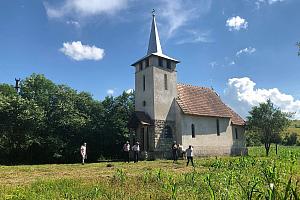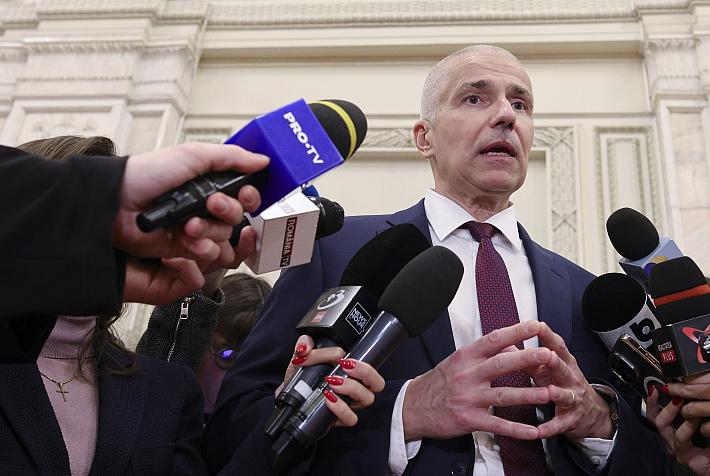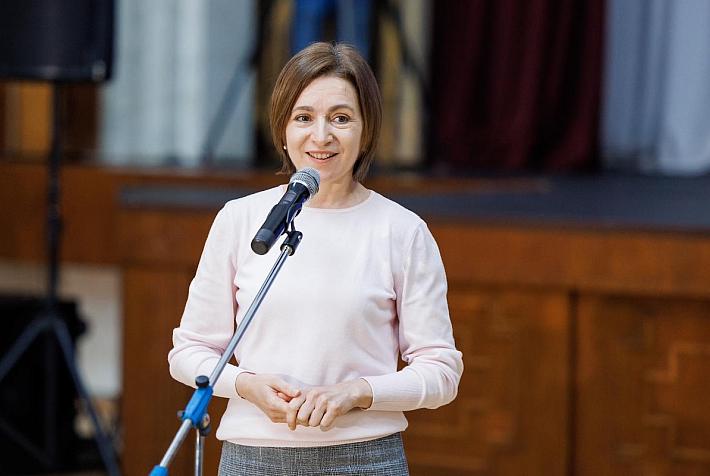Romanians, among the Europeans least likely to speak foreign languages

The European statistics agency Eurostat found that one-third of working-age adults (35.4%) in the EU in 2016 knew at least one foreign language, but people in Bulgaria (49.5%), Hungary (42.4%), and Romania (35.8%) were the least likely to speak foreign languages, The Brussels Times reported.
In 2016, more than half of the adult working-age populations of Bulgaria (50.5%), Hungary (57.6%), Romania (64.2%), and the United Kingdom (65.4%) reported that they did not know any foreign language. Moreover, less than 3% of the adult working-age populations of Greece, Hungary, Poland, and Romania reported that they knew three or more foreign languages, according to Eurostat data.
In contrast, there were eight EU Member States in 2016 where less than 10% of the population reported that they knew no foreign languages. Among these, the lowest share was recorded in Sweden (4%).
In 2016, about three-quarters of the EU’s population aged 25–34 reported that they knew at least one foreign language. This share fell for each successive age group, with the lowest proportion recorded among those aged 55–64. Nevertheless, more than half (55.1%) of the age group 55–64 declared that they knew at least one foreign language.
The gap between generations varied from country to country. In Greece, 86.6% of the population aged 25–34 reported that they knew at least one foreign language, compared to 40.4% among those aged 55–64. Based on the same comparison (between the youngest and oldest age groups), there were also considerable generation gaps (33–39% difference) in foreign language skills in Croatia, Hungary, Portugal, and Romania.
In contrast, this gap between the generations was relatively small in those EU member states where a high proportion of the adult working-age population knew at least one foreign language. Lithuania was the only country where the share of the older generation (those aged 55–64) who knew at least one foreign language was higher than the corresponding share for the youngest age group (those aged 25–34), with a gap of 0.3%. In Lithuania and Latvia (and Estonia to a lesser degree), the relatively high proportion of older persons who speak at least one foreign language may reflect the fact that the older generations learned Russian, whereas the younger generations learned English.
In 2016, more than 90% of the adult working-age population with a tertiary level of education knew at least one foreign language in the majority of the EU member states. Some 75–87% of those with a tertiary level of education knew at least one foreign language in all but two of the remaining member states.
That same year there were seven EU member states where at least three-quarters of the adult working-age population with a low level of education reported that they knew at least one foreign language. In contrast, there were 13 member states where less than half of the population with a low level of education knew at least one foreign language, a share that fell to less than 10% in Romania and Hungary.
In Greece, Croatia, Poland, Bulgaria, Hungary, and Romania, the share of the population with a tertiary level of education who reported they knew at least one foreign language was 63–78% higher than the corresponding share among those with a low level of education.
In 2016, more than four-fifths of the inactive people in Romania did not know any foreign language, while there were ten other EU member states where more than half of the inactive population reported no foreign language skills. Just over half of the unemployed people in Spain did not know a foreign language, while in Hungary this share rose to around three-quarters of the unemployed.
The United Kingdom, Romania, and Hungary were the only EU member states to report that less than half of those in employment (aged 25–64) knew at least one foreign language. By contrast, there were ten EU Member States where more than 9 out of 10 employed persons knew at least one foreign language, with this share passing above 95% in Luxembourg, Denmark, Latvia, Lithuania, and Sweden.
Worryingly, 76.4% of skilled manual workers in Romania did not know any foreign language. Moreover, 85.4% of Romanians with an elementary occupation did not know any foreign language.
(Photo source: Julien Viry | Dreamstime.com)













